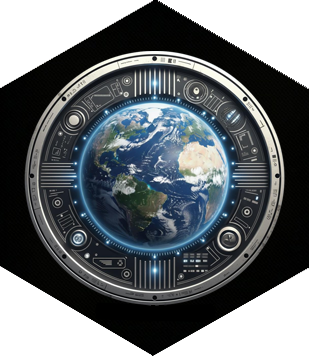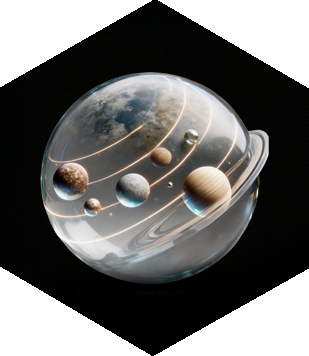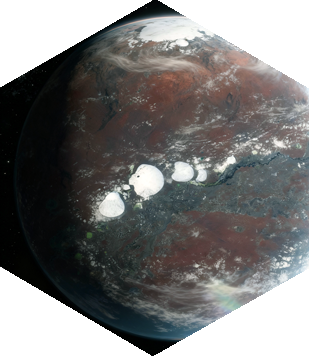Interplanetary Communication Network
The Interplanetary Communication Network (ICN) serves as the foundational framework for Terran information exchange across the solar system and nearby colonies. Before the advent of fully quantum-linked networks, the ICN was humanity’s first great digital web beyond Earth — linking planets, moons, and stations into a single communication lattice. Though later surpassed by the Interstellar Communication Grid, the ICN remains a vital backbone for intra-system operations and a trusted redundancy for quantum systems, ensuring continuity when instantaneous links fail.
Architecture
The ICN is structured as a multi-tiered lattice of orbital relays, planetary hubs, and deep-space signal buoys. Each node maintains line-of-sight synchronization and layered encryption across solar distances. Unlike traditional radio systems, the ICN employs quantum-coupled relay nodes that drastically reduce signal latency through entangled synchronization, even though full real-time communication only became possible later with the Quantum Communication Network (QCN).
This hybrid design combines reliability with partial quantum acceleration, maintaining interoperability between civilian, corporate, and military subsystems. Redundant microwave, laser, and tight-beam optical channels guarantee service continuity even under solar flare conditions or orbital disruptions.
Uses
- Transit Coordination: Manages orbital traffic control, ship routing, and docking synchronization across planetary systems.
- Colony Communications: Provides continuous civilian and military communication channels between outposts, fleets, and planetary administrations.
- Commerce and Finance: Enables interplanetary trade, financial transactions, and cultural exchange across the Terran Sphere.
- Secure Operations: Supports encrypted communication for governments, defense networks, and emergency response systems.
Historical Role
During the 22nd and 23rd centuries, the ICN served as the lifeline of Terran civilization — a communications web that united Earth, Mars, Venus, and the Jovian colonies. It facilitated coordination of terraforming projects, orbital defense grids, and interplanetary commerce. Every great colonial milestone — from the first Martian agricultural domes to the defense of Jovian orbital rings — depended upon the stability of the ICN. Even after the rise of instantaneous quantum transmission, the network endures as a failsafe and heritage system, preserved for its unmatched reliability and redundancy.
Cultural Importance
Beyond its technical function, the ICN shaped a distinct cultural identity of communication and patience. Families scattered across planets and moons built traditions around “light-delay calls,” scheduling transmissions days or hours apart as rituals of endurance and affection. The phenomenon became symbolic of human connection across the void — a reminder that distance could be bridged through persistence and love.
Today, many colonies celebrate Link Day, commemorating the first uninterrupted Mars–Earth communication signal, a festival of light and sound that honors the network that bound humanity together long before the age of quantum immediacy.























